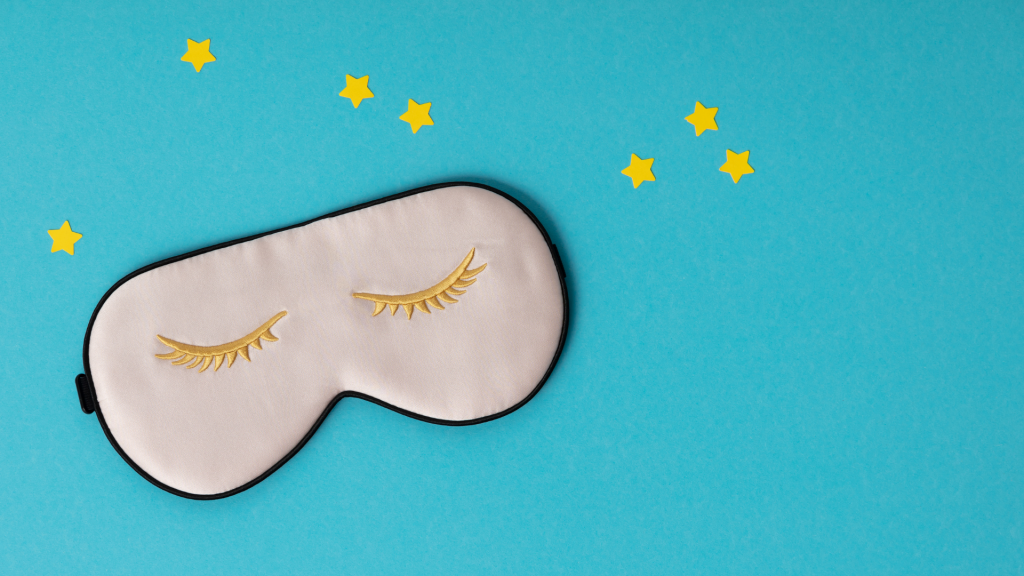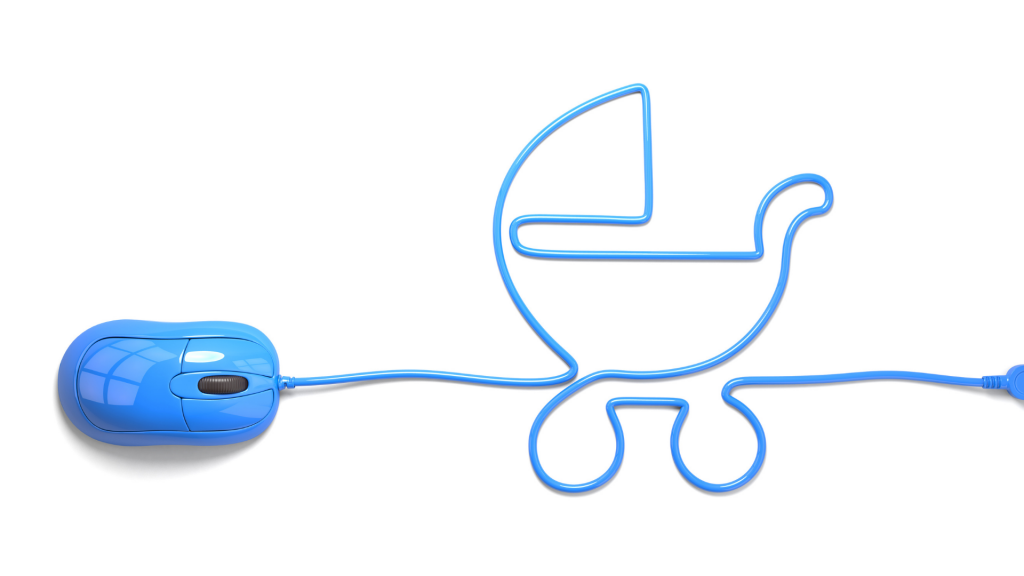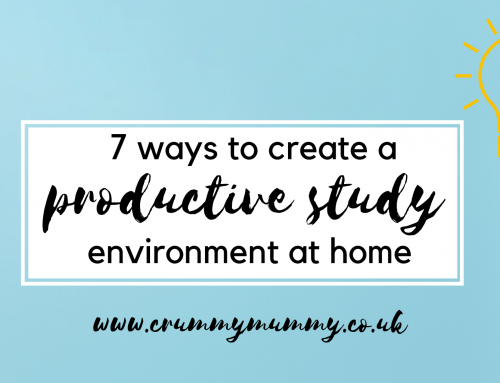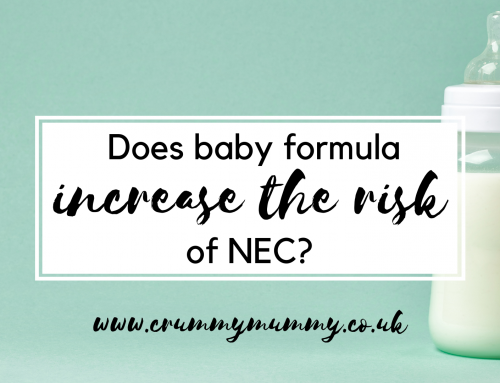Shopping for a pram in the not-too-distant future? Wondering what to look out for, and what to think about before parting with your hard-earned cash?
If you’re bamboozled by the choice, styles and price tags then this collaborative post is for you!

With a baby on the way there are a number of big purchases you have to make. One of the main ones is a pram, which not only costs a fair amount of money (my first pram cost more than a second hand car!) but is something you’ll use every single day for a number of years and perhaps even for multiple children if you have more than one.
This post may contain affiliate links. This means if you buy something after clicking on a link, I’ll earn a few pennies to help me keep creating posts like this, at no extra cost to you!
If you’ve never bought a pram or pushchair before, finding the right one for you can feel like a bit of a minefield. This handy guide shares some top tips to help you make that decision a little bit easier.
6 top tips for buying the perfect pram
1. Consider the terrain you will be pushing it on
The first thing you need to think about when buying your pram is the sort of terrain you are going to be pushing it on. Are you based in a city where you will mostly be navigating small spaces and smooth pavements? Do you live in a village where you will be pushing it over cobbled streets? Or will you be taking your little one on cross-terrain walks through the countryside? Prams such as the Babyzen Yoyo is, for example, hailed as an ideal city pram as it has small wheels and is extremely lightweight. If you’re in the countryside, you’ll probably want something with larger wheels and a bigger suspension so think about your needs before making a decision.
2. Think about the size of pram you want
As well as considering the terrain you are pushing your pram on, think about how big a pram you are looking for. Bigger prams can be beneficial as there is more space for your little one as they grow and they also tend to fare better in rural settings. The caveat to these is that they can be heavy and take up a lot of space. If you need to fit it in a car boot or store it in a smaller home such as an apartment, this can be an issue and they can be less than practical. Smaller prams are much better for storing away and fitting in the car.
3. Decide if you want a pram or all-in-one system
There are so many types of pram nowadays and you need to choose whether you want an all-in-one system or just a pram and get the other bits separately. For example, you can get prams that can interchange between a stroller, car seat or bassinet on the frame, making it ideal for multiple circumstances and it grows as the baby does. Others prefer to buy a separate pram with a bassinet when their baby is younger then switch to a lightweight stroller once the baby is getting bigger. The downside to having a car seat that attaches to your pram frame is that it might be heavier and more difficult to load your baby into the vehicle. It also is important to note that babies shouldn’t sleep in their car seat when not in the car. The plus side is that it’s easy to get them in and out of the vehicle without disturbing them by moving them to a pram from their car seat.

4. Have a budget in mind
The cost of prams can vary a lot so think about what you want to spend before going shopping. Prams can range from hundreds to thousands of pounds, depending on its features, the fabrics and the make or model. By having a budget in mind you won’t end up getting carried away and overspending on something you can’t necessarily afford.

5. Have a look at the pram before purchasing it
Prams can look very different online to how they actually are in real life. Make sure you take a look at the pram and try it out before you buy it, testing how it is on different terrains, how easy it is to fold and what the size looks like.

6. Read online reviews
Remember that buying a pram is one of the largest buys you will have for your little one before they arrive so you don’t want to rush into it. Take the time to test the pram, read reviews from real parents and consider what sort of terrain you will be driving it on. Think about the weight of the pram and how much room you have in the boot of your car if you will be regularly driving it.

This is a collaborative post.

























Leave A Comment